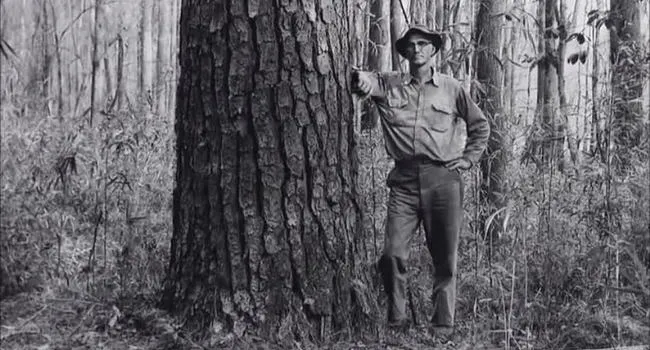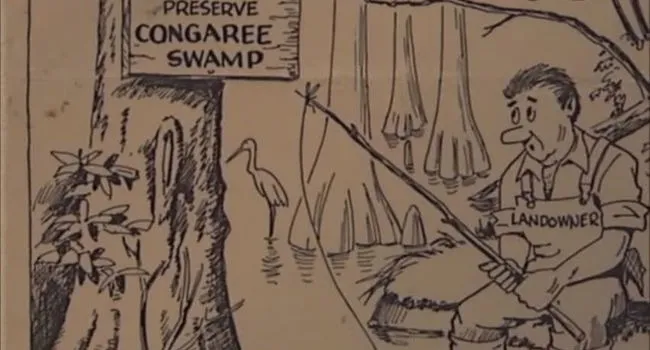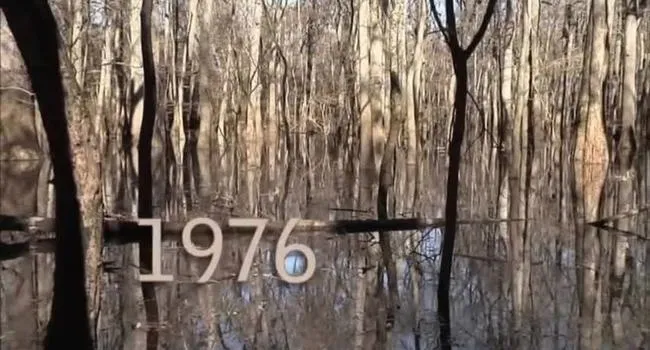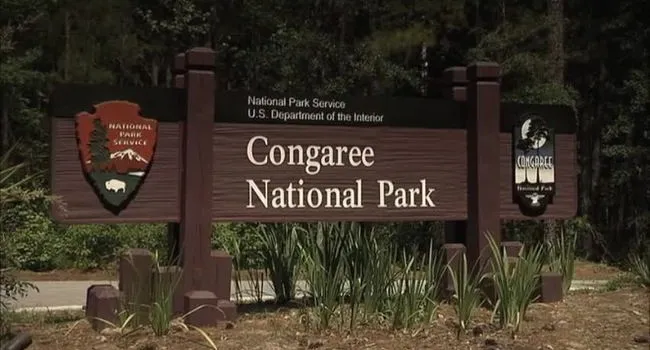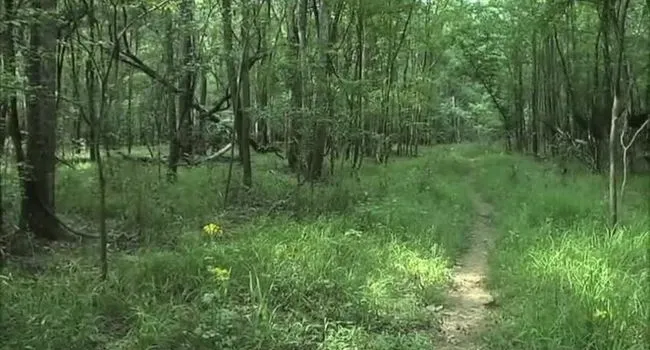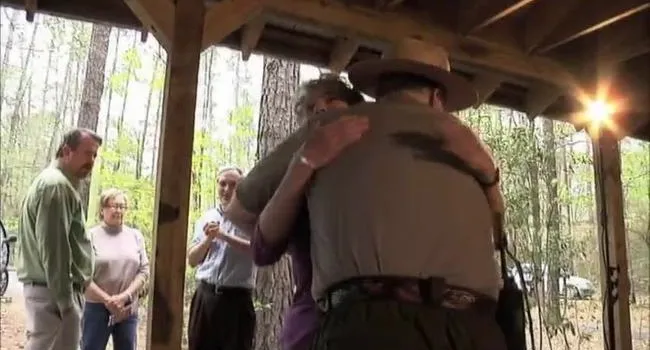In 1970, the environmental movement was just beginning, and the country's youth were taking up the cause. In Columbia, a group of young people began listening to Harry Hampton, building up the the first Earth Day, Ann Timberlake joined the Sierra Club and met Ted Snyder, the first chairman of the new Sierra Club, and 50 people visited the Congaree. The movement took up where Harry Hampton had left off. John Cely was a student at Clemson, and was 19 when he met Harry Hampton, who was 69. Jim Elder was a biology teacher at Dreher High School, and he and John Cely visited Congaree every day.
With no warning, the Beidlers began to sell logging permits. One day when he visited, John Elder discovered that an area had been clear-cut. Ann Jennings, the director of the Environmental Coalition, and Brucie Alexander, who worked for the Audubon Society, reflect on that time, along with Ann Timberlake. By 1972, Harry Hampton had a group of allies with a clear sense of urgency, but very little experience. They decided to appeal to the Beidler family that the land be publicly acquired. The family had no interest in selling, and the possibility of having the land condemned was a painful reminder of the forced condemnation of their land for Santee-Cooper. The Coalition went to the Sierra Club about it and met Brock Evans, the head of their legislative office, who had no idea that trees as large as these grew in the South. In 1974, Evans and the head of the National Park Service visited the Beidler land. But logging continued. The Congaree Swamp National Preserve Association dedicated themselves to building a grass-roots effort that focused attention on their cause.


